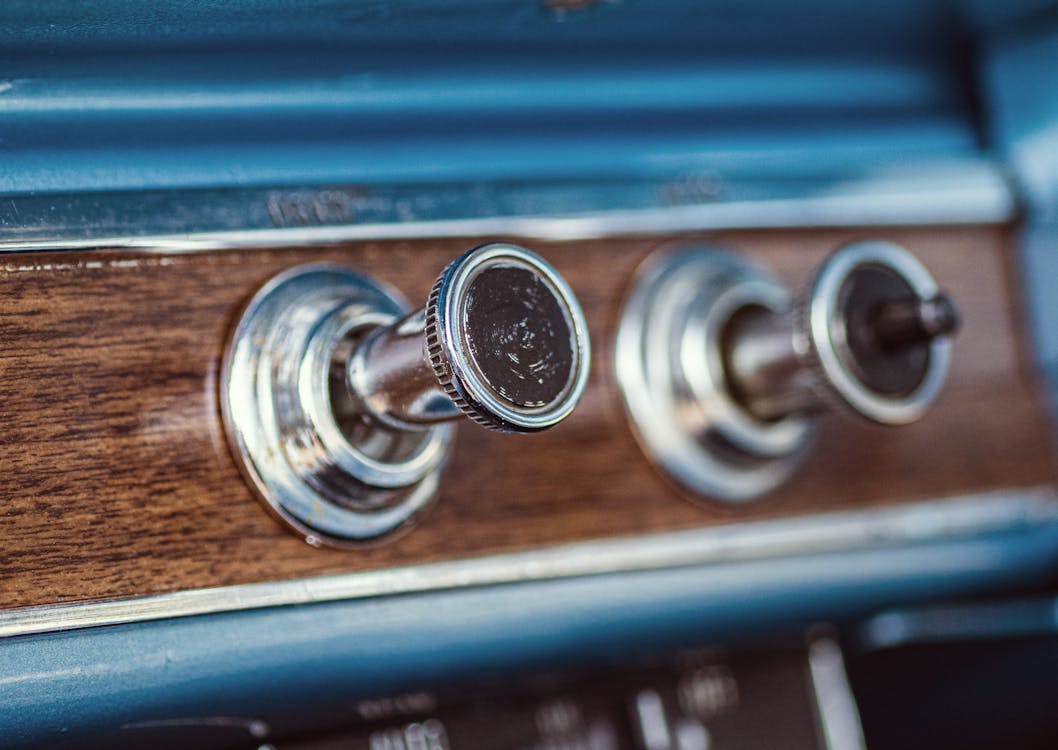
For the past years, car insides have been swiftly developing toward sleek, screen-dominated control panels. Touchscreens replaced traditional handles, sliders, and switches in what lots of presumed was the unpreventable march of development. Yet, in an unforeseen twist, physical buttons are silently making their way back into contemporary cars. The change signals more than just a sentimental nod-- it's a response to real-world responses from chauffeurs desire simpleness, security, and tactile satisfaction.
The Digital Overload Dilemma
When touchscreens first began taking control of dashboards, they felt like the future: clean, customizable, and loaded with functions. They eliminated mess and permitted automakers to improve their interiors with less physical components. Yet as more features were hidden within electronic menus, motorists began to voice issues.
Touchscreens usually call for numerous actions to execute standard tasks like readjusting the climate or changing the radio station. Unlike buttons, they do not have the instinctive muscle memory that allows a vehicle driver to transform a setting without taking their eyes off the roadway. With so much taking place on-screen, it comes to be all also simple to get sidetracked-- something nobody desires when taking a trip at highway speeds.
The Return of Tactile Functionality
Among the largest benefits of switches is their responsive feedback. You can feel them without requiring to look. This sensory support makes them not simply practical but much safer for drivers. When your hand naturally knows where the quantity handle is or exactly how much to press a switch to trigger the defrost, it decreases the demand to look down or away from the roadway. And while touchscreens provide convenience for infotainment and navigation, the essential everyday functions-- like danger lights, audio controls, and HVAC-- feel much better matched to physical controls.
As a matter of fact, numerous chauffeurs that previously spoke highly of electronic systems have actually expressed appreciation for more recent designs that blend modern looks with the functional feel of typical controls. It's not concerning turning down advancement-- it's concerning boosting usability.
A Balanced Design Philosophy
Developers have taken notice of this changing sentiment. Rather than deserting screens, they're reassessing just how they're integrated. The most effective insides now strike an equilibrium between digital adaptability and analog precision. That implies purposefully putting buttons for important features while using electronic user interfaces for apps, navigation, and media.
This hybrid method is especially prominent in vehicles made for long-distance driving or families. The simplicity of pressing a button without messing up with a food selection makes a huge difference when you're attempting to remain concentrated, comfortable, and safe. Also in automobiles understood for cutting-edge technology, an easy rotary dial or responsive control can be the feature that wins over vehicle drivers seeking thoughtful design.
Buttons and the Emotional Connection
There's also something uniquely psychological about buttons. They bring a specific degree of engagement that touchscreens just do not replicate. Pressing a switch or transforming a dial feels like you're physically connecting with your auto-- it includes a layer of link that learn more makes the driving experience much more delightful.
For those thinking about used Chevy cars, cars from current years typically use the very best of both worlds: responsive touch user interfaces paired with timeless physical controls. These models bridge the gap in between innovation and experience, making them excellent for chauffeurs that value modern-day attributes without giving up convenience of use.
Innovation Isn't Just About Screens
It's easy to conflate innovation with displays, however true technology indicates boosting the motorist experience. In this light, buttons are a type of clever design. They're fast, accurate, and do not demand interest. As auto layout comes to be increasingly driver-centric, convenience and intuitiveness take spotlight.
This additionally connections straight right into the resale and trade-in value of vehicles. Vehicles that prioritize easy to use features have a tendency to age much better in the eyes of future buyers. If you're taking into consideration a Chevrolet trade in, knowing that your existing lorry offers an attentively made interior, complete with conveniently available controls, can have a positive influence.
The Future Is Functional
As auto makers re-evaluate the role of interfaces in the cabin, they're led by motorist responses and real-world functionality researches. The resurgence of buttons does not signal a return to the past-- it's a progression in thoughtful, user-first design. It acknowledges that progression does not always indicate removing the old but integrating it in such a way that makes driving more secure, simpler, and much more delightful.
If you're in the marketplace and exploring Chevy new car deals, keep an eye on exactly how different designs manage their interior controls. It's not just about the touchscreen size-- it's concerning just how the lorry aids you remain concentrated on the road while making your day-to-day commute much more intuitive. Buttons could not be the flashiest attribute, however they're rapidly turning into one of the most valued.
For even more insights right into automotive trends, interior design innovations, and smart vehicle shopping ideas, make sure to inspect back regularly. We're always upgrading the blog site with fresh concepts to aid you browse the road in advance.